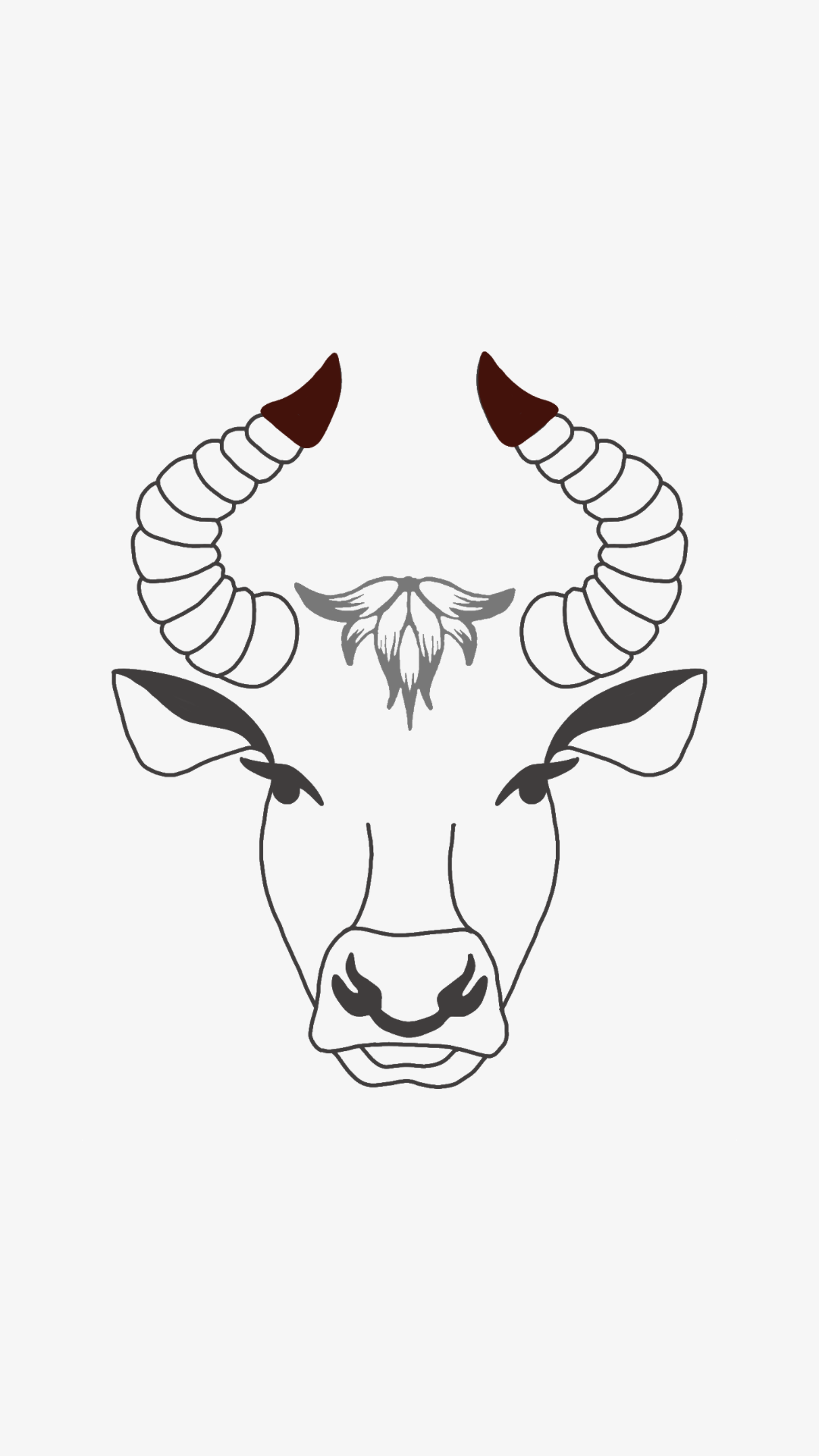A Brief History of LGBTQ+ Tattoo Culture
- Oxblood.ink

- Jun 4
- 2 min read
How Tattooing Became a Form of Resistance, Identity, and Visibility
Tattoos have long been a tool of self-expression, rebellion, and storytelling. For the LGBTQ+ community, tattooing holds even deeper meaning marking the body as a canvas for identity, resilience, and chosen family. While modern queer tattooing is now celebrated and visible, its roots run through a long, often underground history of resistance.

🌈 Queer Markings in a Hidden World
Before tattoos became mainstream, they were often linked to countercultures, bikers, punks, sailors, and prisoners, many of whom provided refuge for LGBTQ+ folks at a time when visibility could be dangerous. In the mid-20th century, queer people would sometimes get discreet tattoos as silent signals to others: nautical stars, cherries, triangles, or matching ink with lovers.
These symbols weren’t just aesthetic they were coded survival tools in a hostile world. In many ways, tattoos functioned like whispered messages in ink, a way to find community without saying a word.
💪 Ink as Resistance
During the AIDS crisis of the 1980s and '90s, tattoos became a form of grief, protest, and remembrance. Many chose to tattoo the names of loved ones lost, or symbols like pink triangles, reclaimed from their use in Nazi concentration camps to make bold statements of survival and defiance.
This era sparked a shift. Tattoos were no longer just hidden; they became public declarations of love, rage, and solidarity. Skin became both shield and banner.
🖤 Queer Artists Changing the Industry
Historically, the tattoo world wasn’t always safe or welcoming to LGBTQ+ individuals. But over time, queer artists began carving out space, literally and figuratively for themselves. By the 2000s, queer-led studios began to emerge, prioritizing consent, comfort, and community in ways traditional shops often didn’t.
Today, LGBTQ+ tattooers are redefining the culture bringing softness, inclusivity, and radical care into their practices. They honor the queer legacy of tattooing not only through their art, but through the safe spaces they create for clients of all genders, bodies, and identities.
🌀 The Ongoing Legacy
Tattoos have become a form of queer visibility, transformation, and healing. Whether it's a top surgery scar cover-up, a subtle nod to identity, or a bold pride piece, ink continues to be a way LGBTQ+ individuals reclaim their bodies and tell their stories.
Queer tattoo culture isn’t just a trend, it’s a legacy of defiance, love, and chosen identity written into skin.




Comments